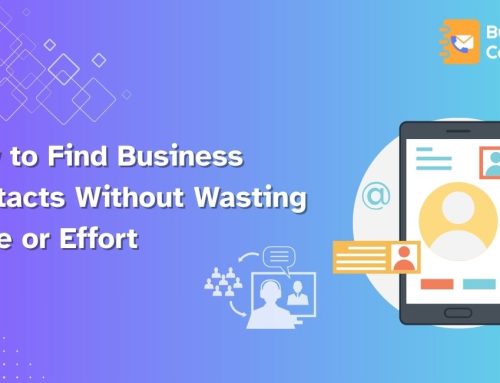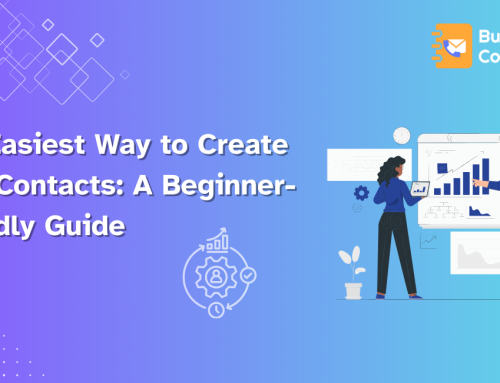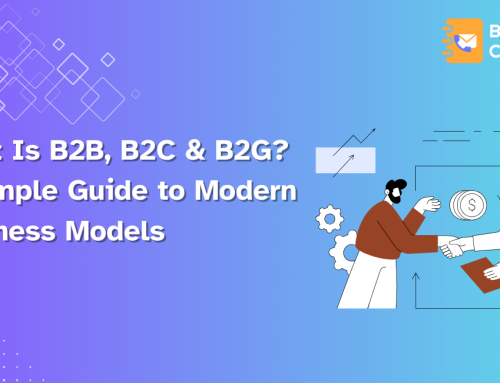In today’s competitive business world, generating leads is only half the battle. The true challenge lies in identifying whether those leads are genuine opportunities or just empty names filling your CRM. Chasing after fake or low-quality leads not only wastes your sales team’s time but also drains marketing budgets, skews performance metrics, and slows down business growth.
This is why it’s vital to know how to spot fake or low-quality leads early in your funnel. By recognizing the warning signs and filtering them out, you’ll free up resources to focus on prospects who actually have the intent, authority, and budget to buy. Below are seven clear red flags that signal a lead may not be worth your attention, along with practical steps to prevent them from harming your funnel.
1. Weak Buyer Intent Signals
Not all engagement is equal. A lead who downloads a free eBook or signs up for a newsletter may not necessarily be interested in buying from you. Fake or low-quality leads often show surface-level interest but avoid actions that indicate real intent.
Red flags to look for:
- Browsing only awareness-stage content (“What is CRM software?”) rather than decision-stage material (“Best CRM for small business pricing”).
- Visiting your site once but never returning.
- Subscribing to your list but never opening or clicking emails.
What you can do:
- Implement a lead scoring model that rewards buying intent signals like demo requests, pricing page visits, or free trial signups.
- Use tools like heatmaps or session recordings to track intent behaviors.
- Segment low-intent leads into nurture campaigns instead of handing them to sales.
2. Poor or Unverified Lead Sources
The origin of a lead is often the biggest clue to its quality. If your leads are coming from cheap lists, shady directories, or poorly targeted campaigns, chances are they’re not worth your time.
Red flags to look for:
- A particular ad campaign generates tons of leads but almost zero conversions.
- Third-party lead providers deliver contacts with suspicious or recycled information.
- Social campaigns with broad targeting attract irrelevant demographics.
What you can do:
- Always monitor conversion rates by source instead of just volume.
- Invest in reputable lead generation channels like LinkedIn campaigns, industry events, or gated content.
- Run small tests before scaling a new source.
3. Mismatch with Your Ideal Customer Profile (ICP)
Even if a lead is real, they’re not valuable if they don’t align with your ICP, the customer type most likely to buy and benefit from your solution.
Red flags to look for:
- A student signs up for your enterprise SaaS demo.
- Leads from countries or regions you don’t serve.
- Job titles far outside your buyer persona (e.g., interns or unrelated industries).
What you can do:
- Define your ICP clearly (industry, company size, budget, role).
- Add qualifying questions to your lead forms, such as “Company size” or “Annual revenue.”
- Use automation to filter out non-ICP leads before they reach your sales team.
4. Lack of Engagement After Conversion
A genuine lead continues to show curiosity and interest after filling out your form. Fake or low-quality leads usually disappear once they get what they want (like free resources).
Red flags to look for:
- No response to sales calls or follow-up emails.
- Low open rates or click-throughs from your lead nurturing campaigns.
- No return visits to your site within the first week.
What you can do:
- Create a 7-day engagement tracker to monitor new leads.
- Send a confirmation email right after signup and watch for replies.
- Use retargeting ads to see if they re-engage with your brand.
5. Sudden Lead Spikes or Too-Good-to-Be-True Numbers
Sometimes, your team may celebrate a sudden surge of leads until they realize most of them are fake. Bots, form fillers, and fraudulent lead vendors often create a volume illusion that clogs your pipeline.
Red flags to look for:
- Multiple leads are coming from the same suspicious domain.
- Strange patterns like identical job titles or unusually high numbers from an untargeted location.
- Sudden volume increases without matching engagement metrics.
What you can do:
- Add CAPTCHA or reCAPTCHA to your forms.
- Use email verification tools to weed out fake signups.
- Compare lead spikes with actual conversion rates; if numbers don’t align, investigate.
6. Incomplete or Incorrect Contact Information
Low-quality leads often leave behind junk data just to access your gated content. If you’re getting forms with “Test123” or “abcd@email.com,” you’re wasting time on data that will never convert.
Red flags to look for:
- Disposable email addresses (like mailinator.com).
- Missing company names or fake phone numbers.
- Overly generic job titles, such as “Manager” with no context.
What you can do:
- Use field validation in your forms.
- Cross-check email domains against company names.
- Make key fields mandatory but not overwhelming, strike a balance between filtering and user-friendliness.
7. Low Lifetime Value or Funnel Stagnation
Sometimes, a lead may look qualified at first but reveal itself as low-quality over time. These are the ones that enter your funnel but never progress or deliver little revenue.
Red flags to look for:
- Leads that take months in the pipeline without moving forward.
- Customers who convert but churn quickly.
- Accounts with consistently low deal sizes compared to the average.
What you can do:
- Track metrics like Lead-to-Customer Conversion Rate and Customer Lifetime Value (CLV) by source.
- Regularly review your funnel stages to identify bottlenecks.
- Shift budget toward high-CLV sources instead of those delivering quantity over quality.
Why Spotting Fake or Low-Quality Leads Matters
When your funnel is clogged with poor leads, the consequences are serious:
- Sales teams get frustrated chasing dead ends.
- Marketing ROI appears inflated but delivers weak results.
- Customer acquisition costs (CAC) rise while revenue lags.
On the other hand, knowing how to spot fake or low-quality leads helps you:
- Prioritize high-intent prospects.
- Improve conversion rates at every stage.
- Save money by cutting wasteful campaigns.
- Build a healthier pipeline that delivers consistent growth.
Final Thoughts
It’s not about having more leads, it’s about having the right leads. By learning how to spot fake or low-quality leads using these seven red flags, you can safeguard your funnel, optimize your sales process, and ensure every dollar spent on marketing brings you closer to real revenue. The sooner you detect bad leads, the quicker you can redirect your focus toward genuine prospects who actually need your solution.




